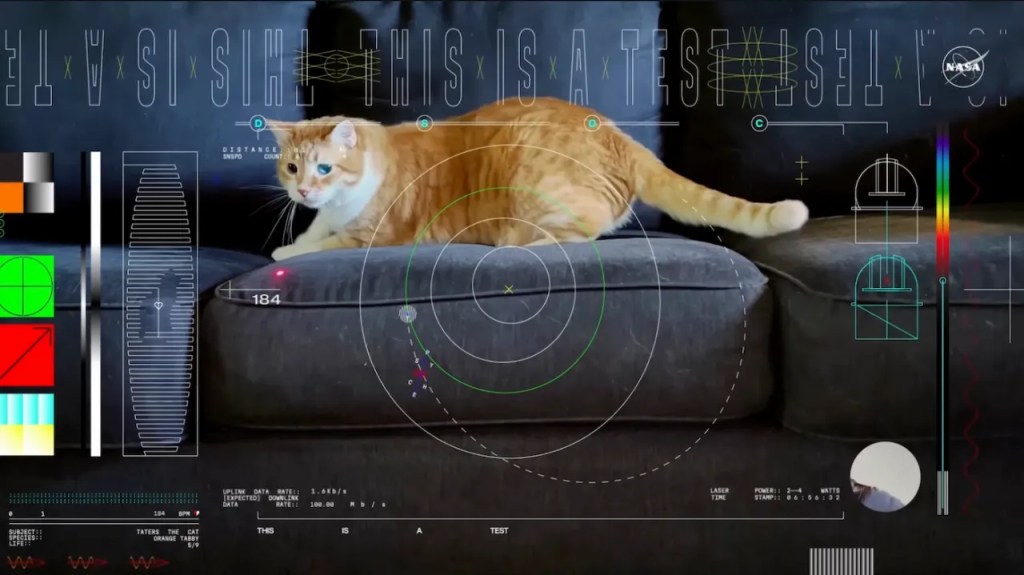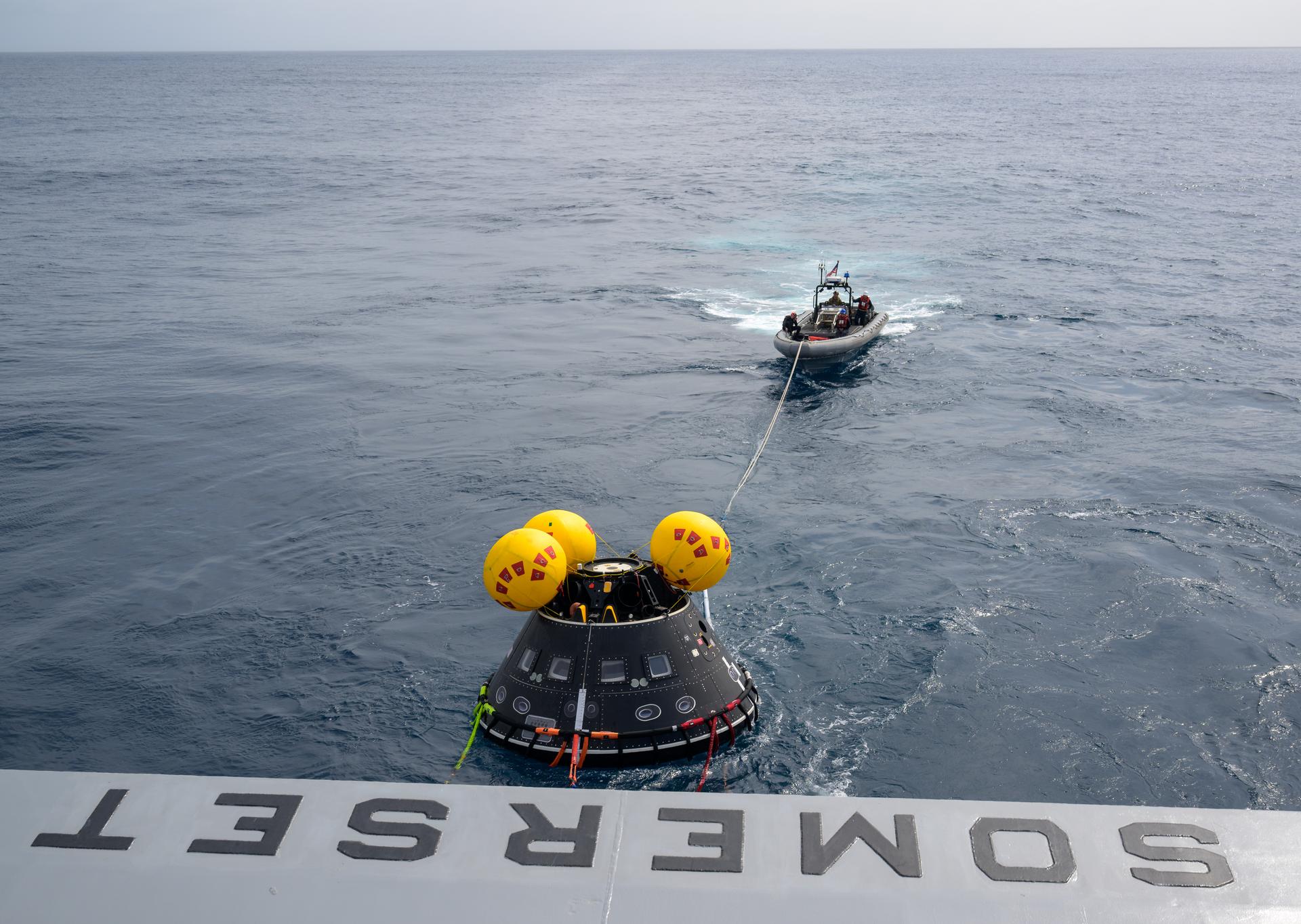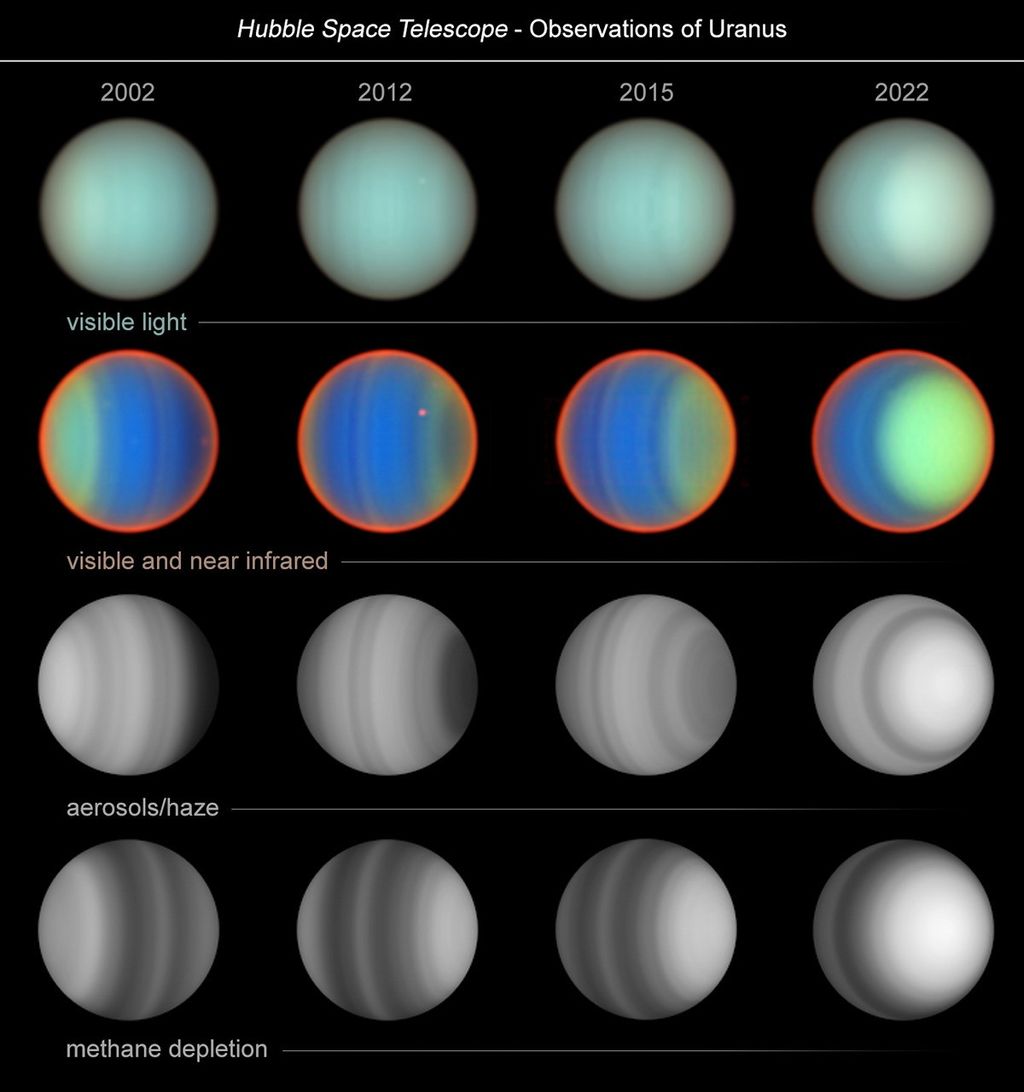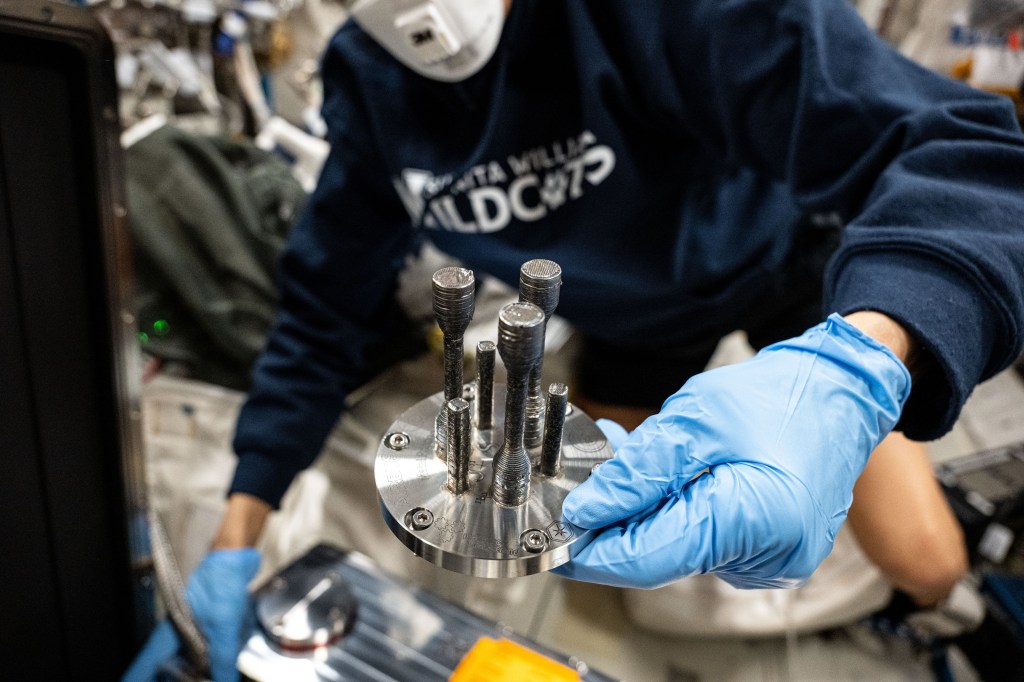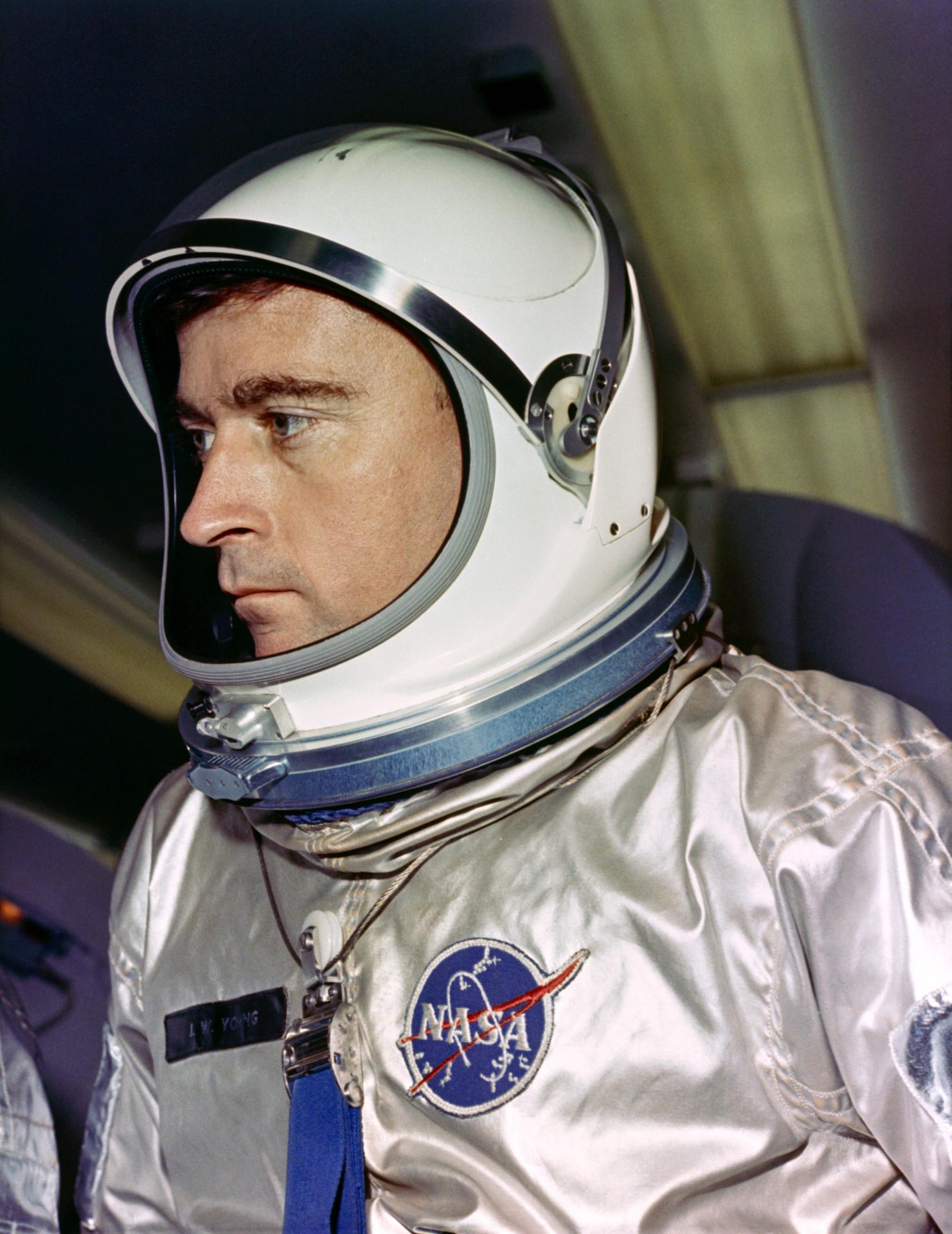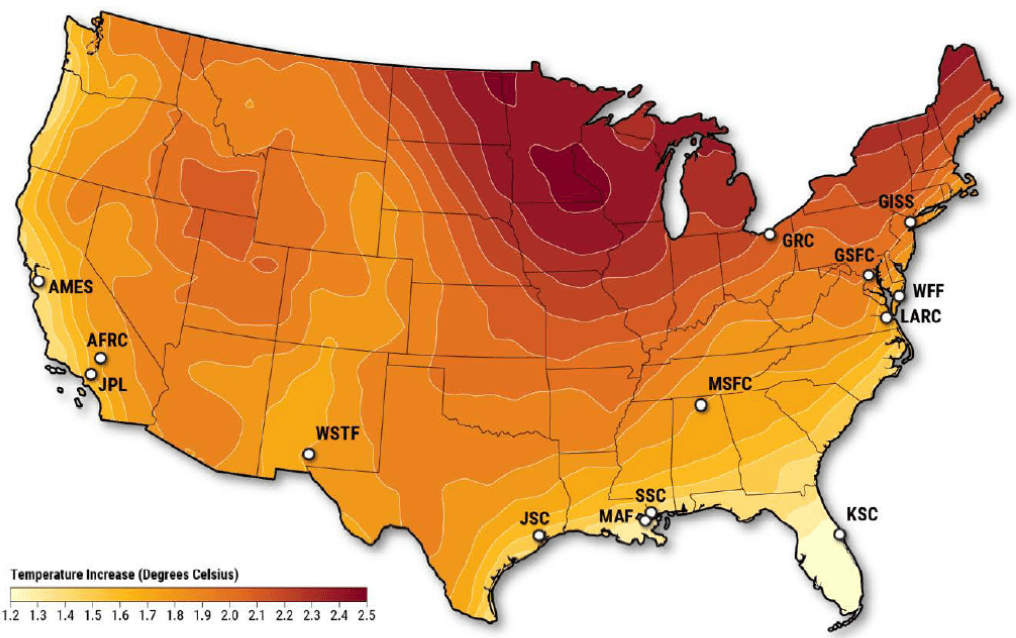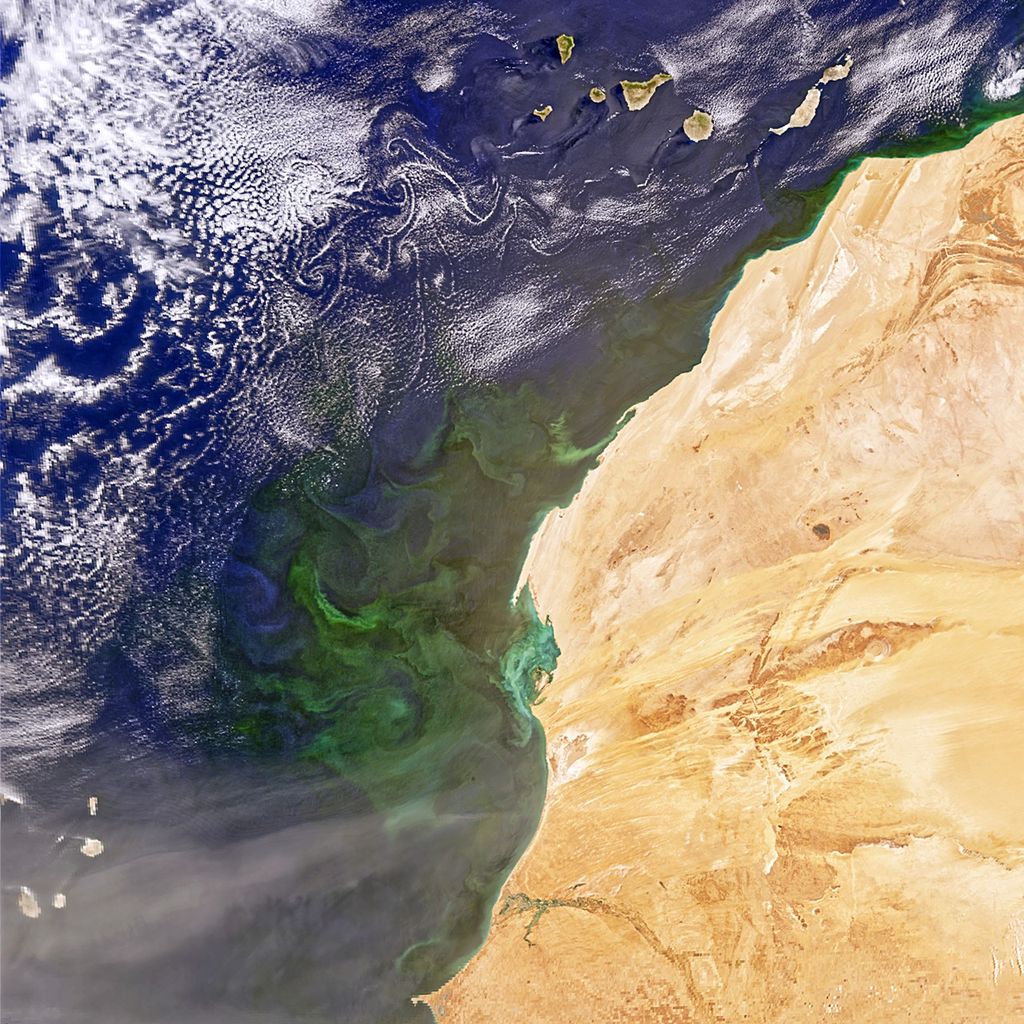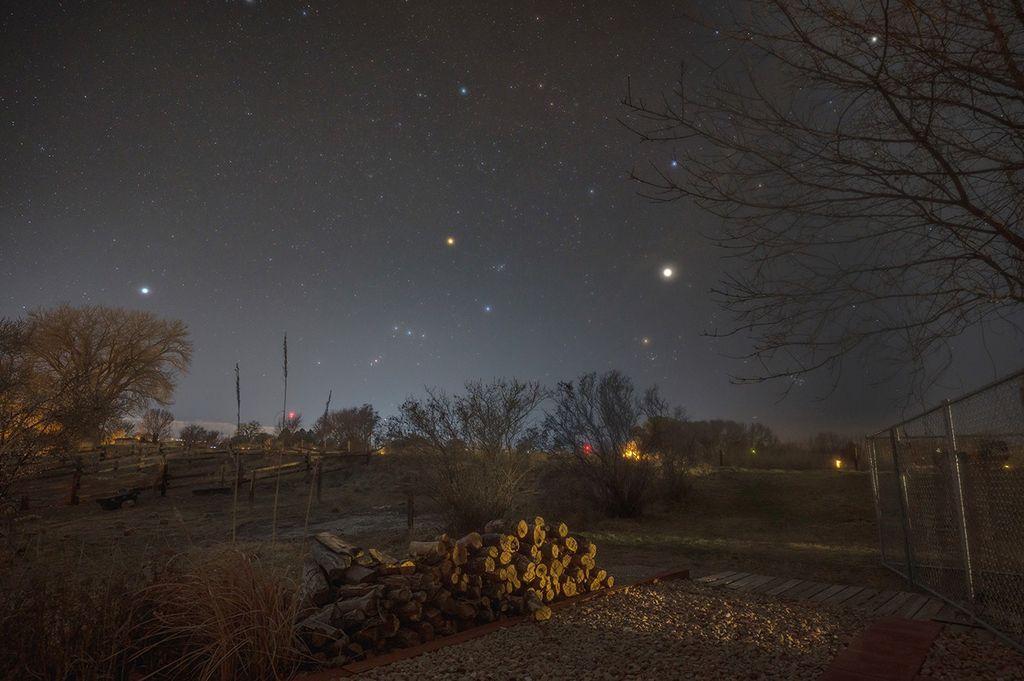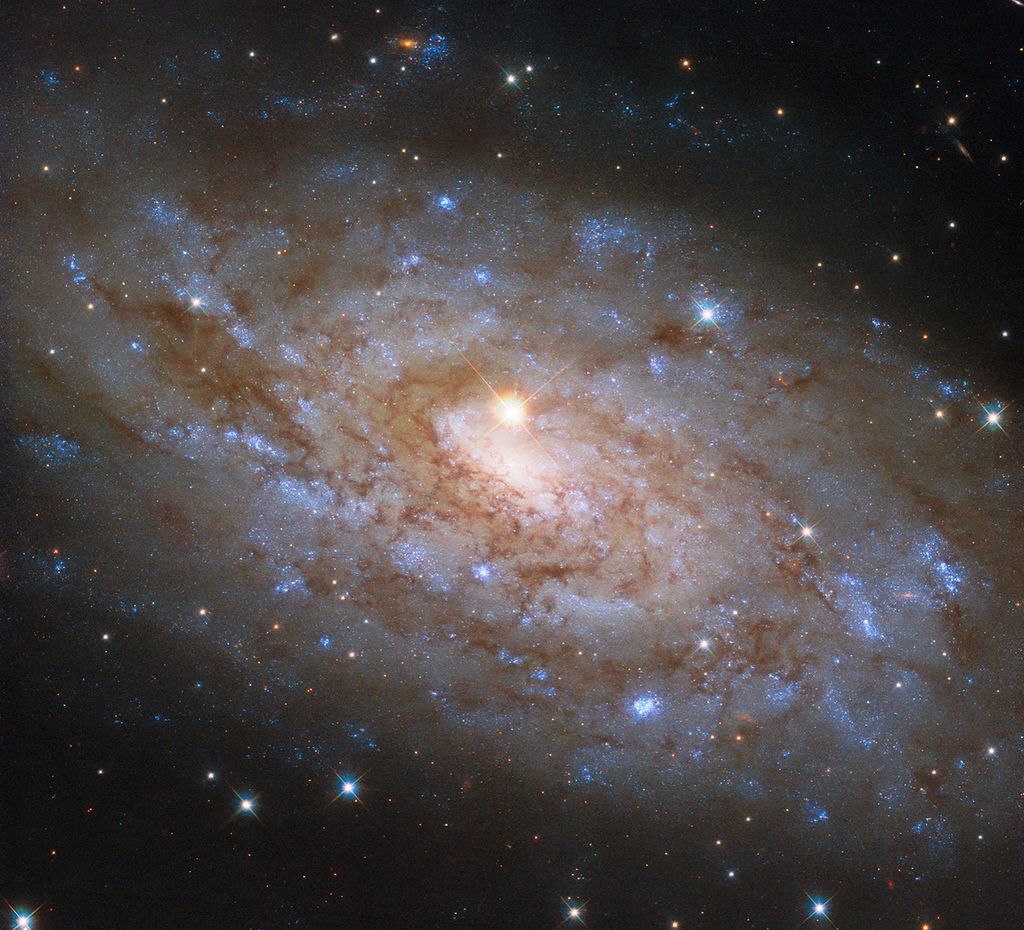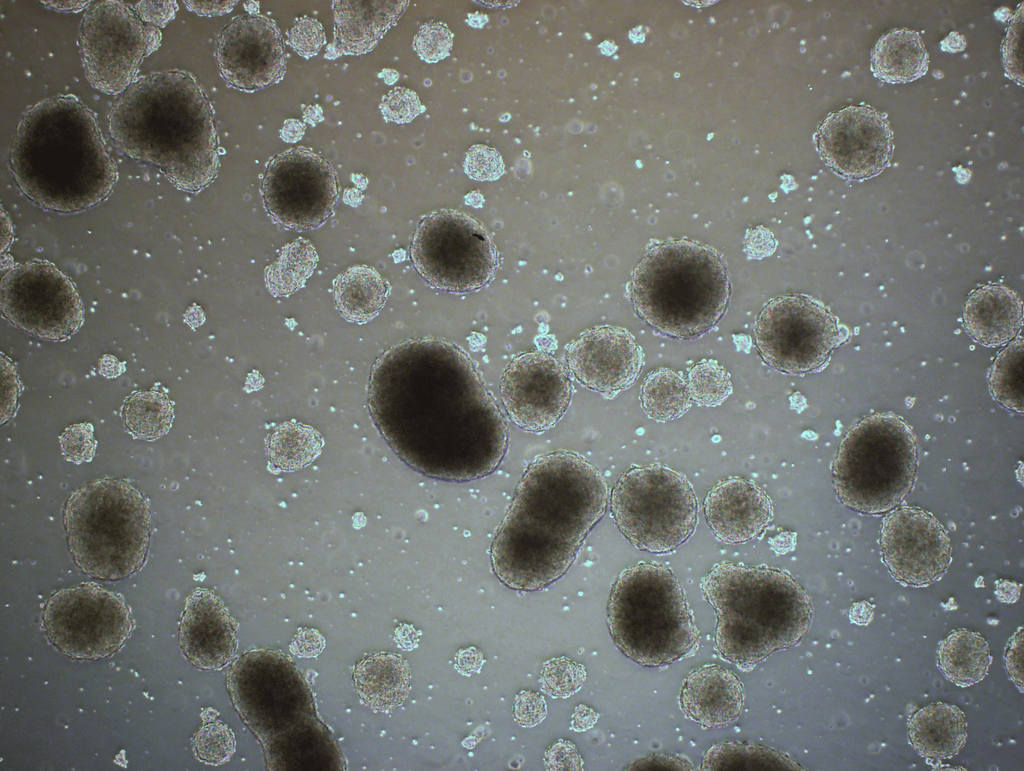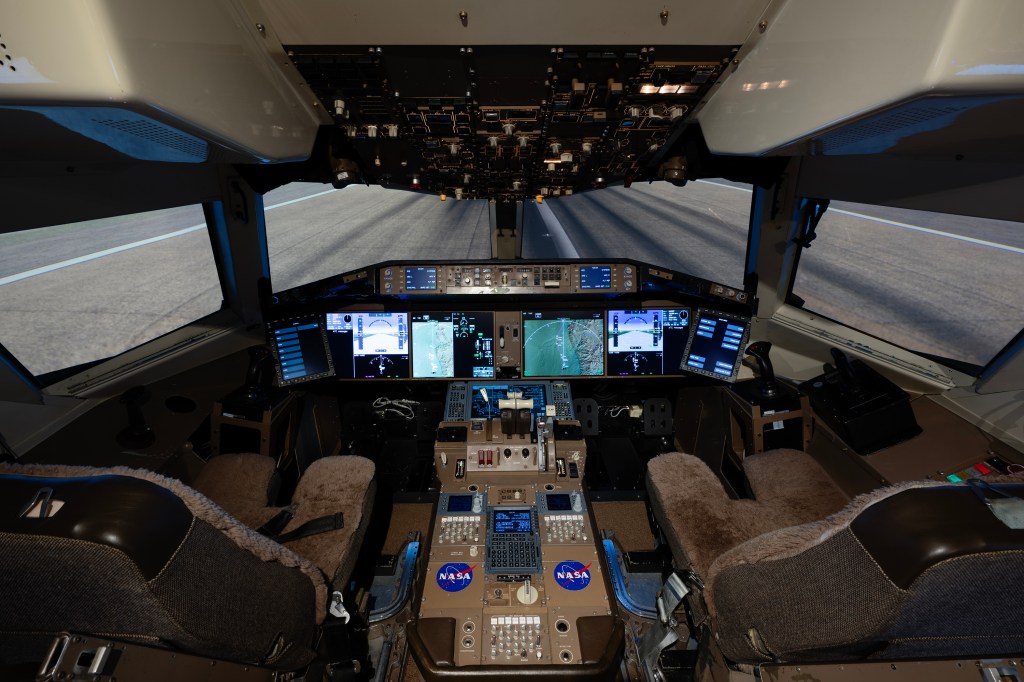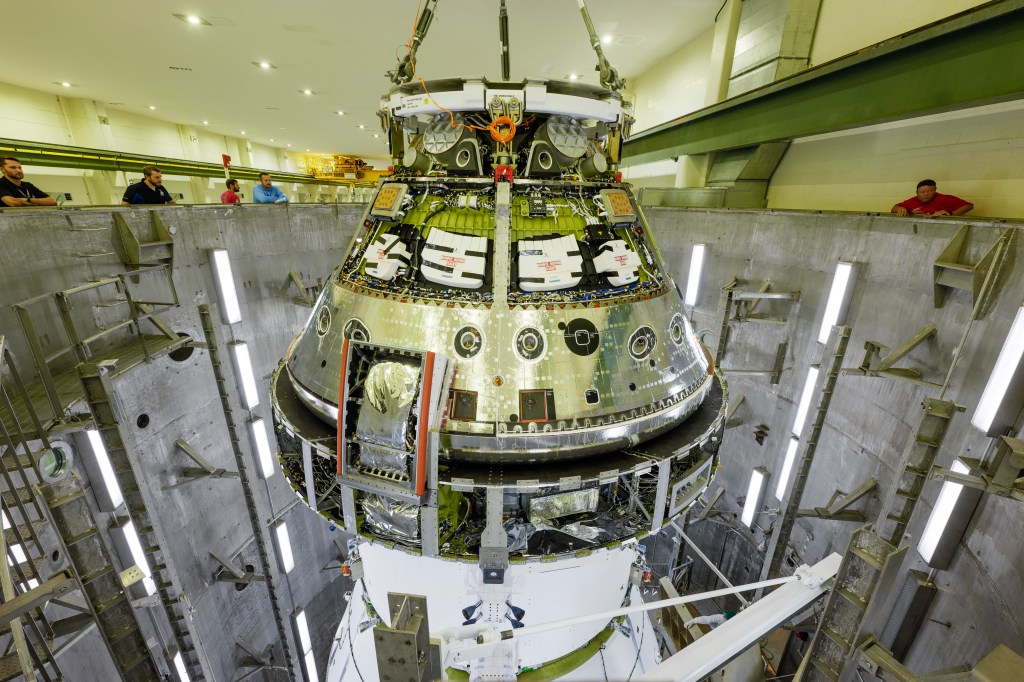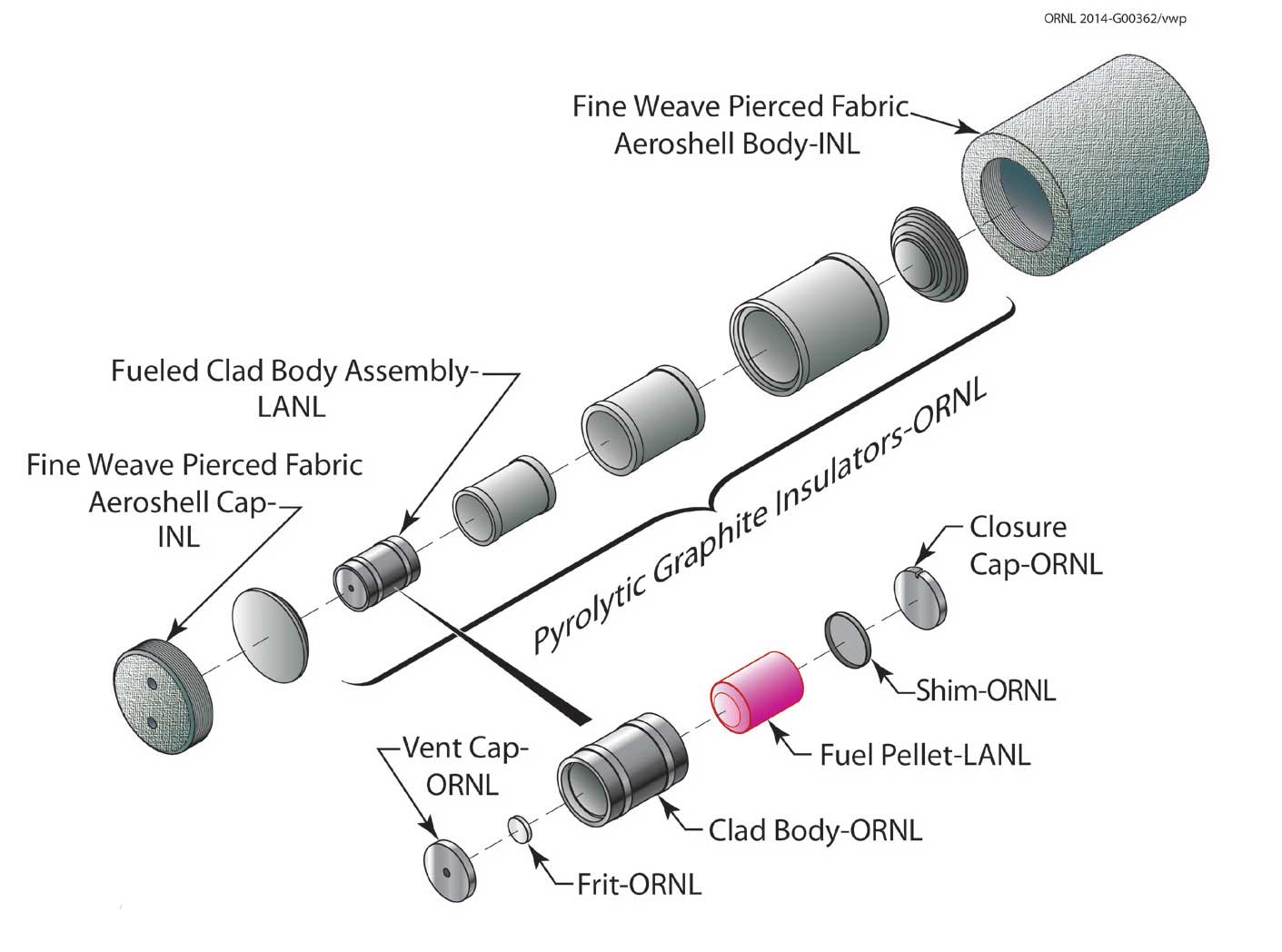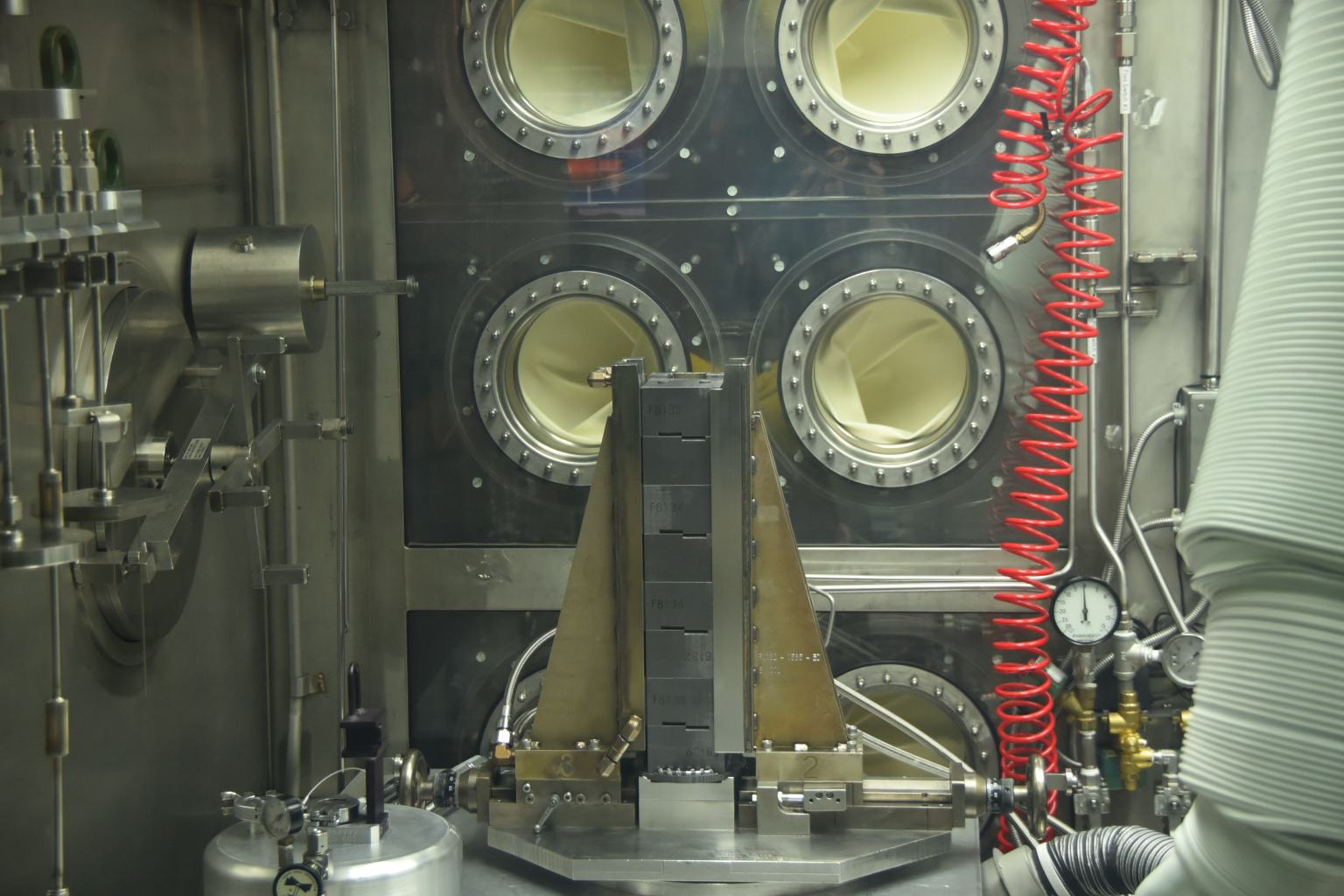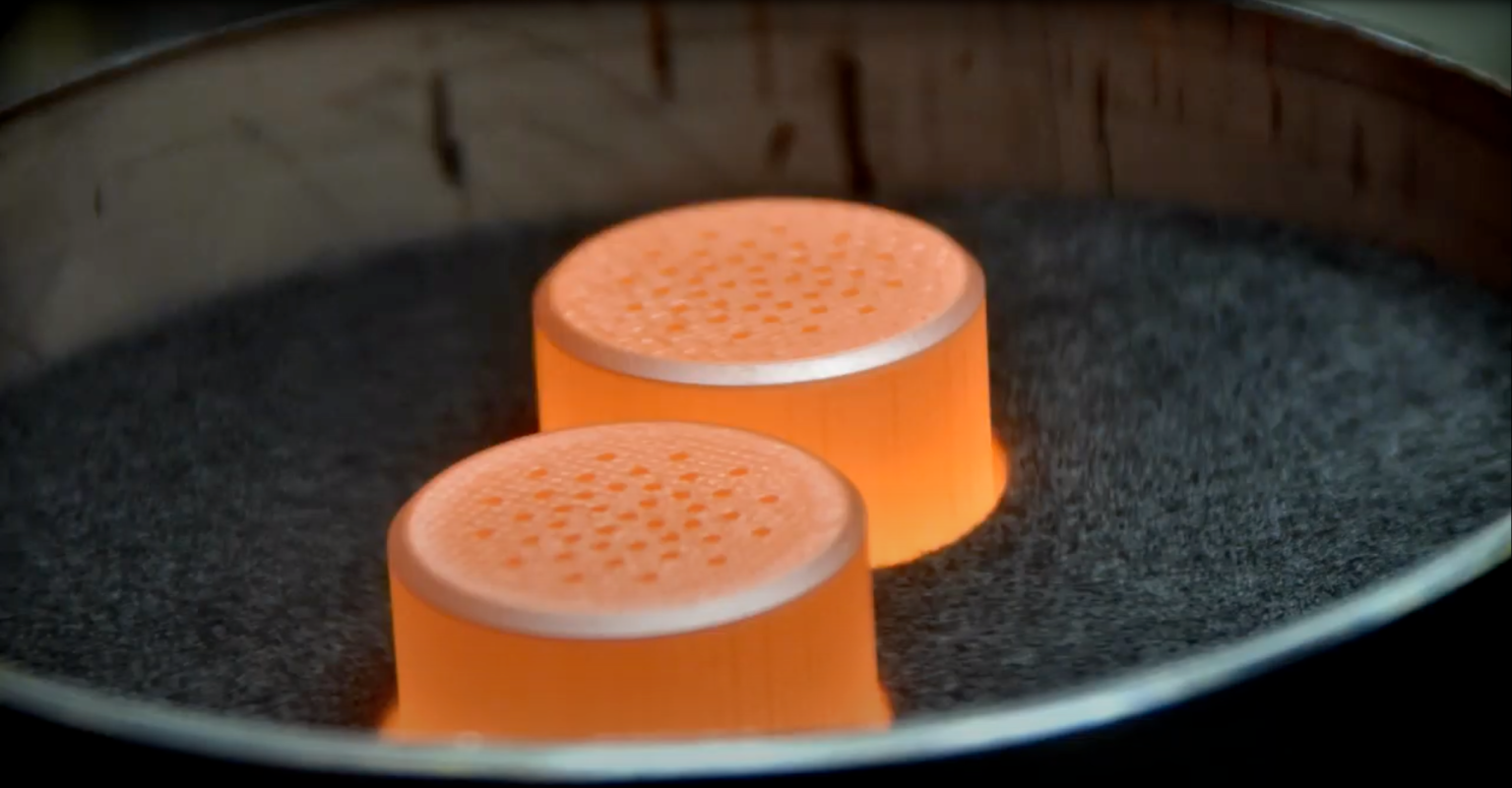Radioisotope Power Systems
Heat
NASA uses radioisotope heater units (RHUs) to warm spacecraft in the cold environments of deep space.
Radioisotope Heater Units (RHUs)
Most spacecraft can use solar energy to provide heat keep systems warm enough to operate effectively. When other heat source technologies are not feasible, an alternate heat source is required for the spacecraft — radioisotope heater units, or RHUs.
RHUs are small devices that use the decay of plutonium-238 (Pu-238) to provide heat that keeps spacecraft components and systems warm in cold space environments. The heat is transferred to spacecraft directly, without moving parts or intervening electronic components.
A radioisotope heater unit contains a single Pu-238 fuel pellet about the size of a pencil eraser. It outputs about one Watt of heat. The radioisotope heater unit is about the size of a C-cell battery.
Using radioisotope heater units, spacecraft designers can allocate scarce electrical power to operate the spacecraft systems instead of providing heat. RHUs also reduce potential electromagnetic interference that might be generated by electrical heating systems. Some missions employ just a few radioisotope heater units for extra heat, while others have dozens.
NASA Missions Enabled by Radioisotope Heater Units
| Mission | Destination | No. of RHUs |
| Apollo 11 Early Apollo Scientific Experiments Package (EASEP) | Earth's Moon | 2 |
| Pioneer 10 | Jupiter | 12 |
| Pioneer 11 | Jupter and Saturn | 12 |
| Voyager 1 | Jupiter, Saturn, Interstellar Space | 9 |
| Voyager 2 | Jupiter, Saturn, Uranus, Neptune, Interstellar Space | 9 |
| Galileo | Jupiter | 103 on orbiter, 17 on Atmospheric Probe |
| Mars | 3 | |
| Cassini-Huygens | Saturn | 82 on Orbiter, 35 on Huygens Titan Probe |
| Spirit Mars Rover | Mars | 8 |
| Opportunity Mars Rover | Mars | 8 |

